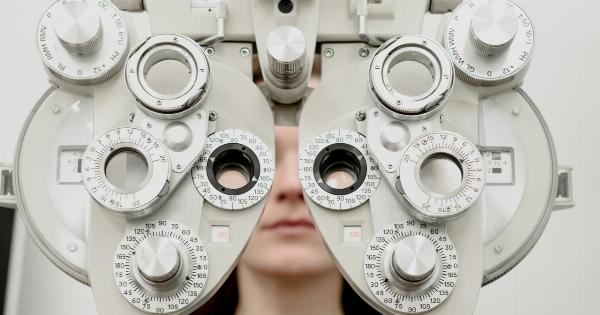Corneal transplantation, also known as corneal grafting or keratoplasty, is a surgical procedure that involves replacing a damaged or diseased cornea with a healthy cornea from a donor.
The availability of corneal grafts largely relies on the existence of corneal banks, which play a vital role in collecting, processing, and distributing corneal tissue for transplantation. In this article, we will discuss the updates on corneal banks in endocrine surgery.
Corneal Banks and Endocrine Surgery
In endocrine surgery, corneal banks act as crucial intermediaries between donors and recipients.
They are responsible for procuring corneas from deceased donors, performing thorough evaluations to ensure graft viability, processing the tissue, and distributing it to surgeons for transplantation. As the demand for corneal transplants continues to rise, keeping up with the latest advancements in corneal banking is essential for endocrine surgeons.
Advancements in Corneal Banking
Over the years, various advancements have been made in corneal banking to improve the quality and availability of corneal grafts for endocrine surgery. These advancements include:.
1. Pre-Donor Screening
Corneal banks now utilize advanced screening techniques to identify potential donors who have a lower risk of transmitting diseases or infections.
These screenings can help reduce the chances of graft failure or transmission of diseases to recipients during endocrine surgery.
2. Enhanced Tissue Processing
Newer methods of corneal tissue processing have been developed to improve the quality and longevity of grafts. These techniques include utilizing hypothermic storage and optimizing the preservation solution composition.
These advancements help increase the success rates of corneal transplants in endocrine surgery.
3. Endothelial Cell Evaluation
The endothelial cells in the cornea play a vital role in maintaining its clarity and function. Corneal banks now use advanced imaging techniques to evaluate the quantity and quality of endothelial cells in donor corneas.
This evaluation helps ensure the suitability of grafts for endocrine surgery.
4. Improvements in Distribution Practices
The efficient and timely distribution of corneal grafts is crucial in endocrine surgery.
Corneal banks now utilize advanced tracking systems and logistics to streamline the distribution process, ensuring that grafts reach surgeons promptly and in optimal condition for transplantation.
5. Utilization of Donor Corneas
Advancements in corneal banking have also led to the utilization of donor corneas that were previously considered unsuitable for transplantation.
Techniques such as deep anterior lamellar keratoplasty (DALK) allow for the transplantation of selected layers of the cornea, expanding the pool of available grafts for endocrine surgery.
Challenges in Corneal Banking for Endocrine Surgery
Despite the progress in corneal banking, several challenges still exist in providing an adequate supply of corneal grafts for endocrine surgery:.
1. Donor Shortage
The demand for corneal transplants often exceeds the available supply of donor corneas. This shortage can result in longer waiting times for endocrine surgery patients in need of a corneal graft.
2. Tissue Rejection
Although corneal transplants generally have a high success rate, there is still a risk of tissue rejection. The immune response of the recipient’s body can lead to graft failure, requiring additional surgeries or interventions.
3. Cost of Corneal Transplants
The cost associated with corneal transplants can be a significant barrier for some patients seeking endocrine surgery.
Insurance coverage and financial assistance programs play a crucial role in making transplantation accessible to all eligible individuals.
Conclusion
The updates in corneal banks for endocrine surgery have greatly contributed to the overall success and availability of corneal transplants.
Advancements in pre-donor screening, tissue processing, endothelial cell evaluation, distribution practices, and the utilization of donor corneas have improved the outcomes for patients in need of endocrine surgery. Despite ongoing challenges, the commitment to enhancing corneal banking practices continues to provide a ray of hope for individuals suffering from corneal disorders.































